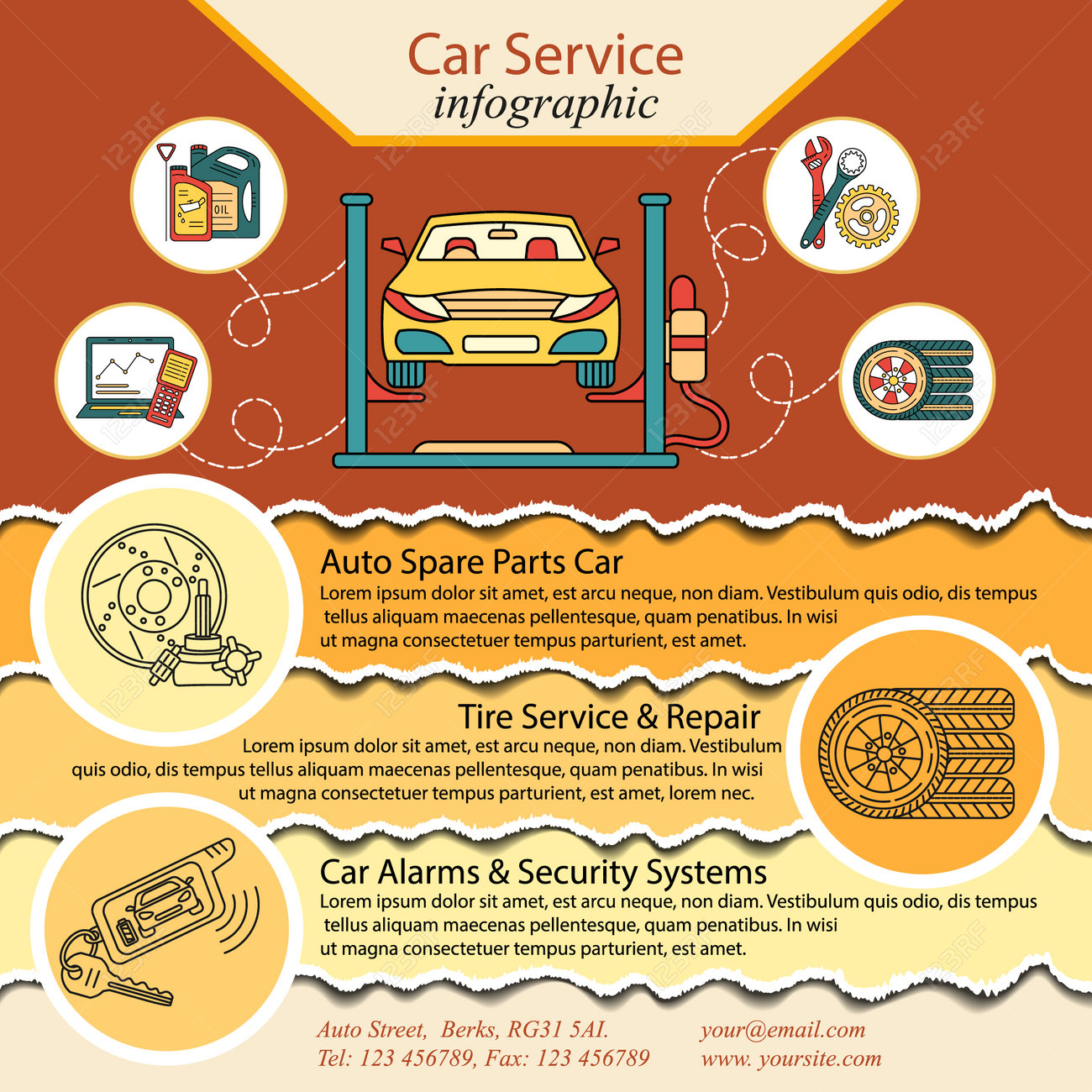Analyzing Your Automobile'S Warning Indicators: What They Really Share
Analyzing Your Automobile'S Warning Indicators: What They Really Share
Blog Article
Material By-Lim Shepherd
When you're behind the wheel, those radiant caution lights on your control panel can be a little bit difficult. Do you know what they're attempting to tell you regarding your vehicle's wellness? Comprehending the value of these lights is vital for your safety and security and the longevity of your automobile. So, the following time one of those lights pops up, wouldn't you intend to understand its message precisely and take the required actions to address it?
Common Caution Lighting and Interpretations
Determine typical caution lights in your vehicle and recognize their definitions to guarantee secure driving.
One of the most normal caution lights consist of the check engine light, which signifies concerns with the engine or exhausts system. If this light comes on, it's essential to have your car checked immediately.
The oil stress advising light suggests low oil pressure, needing prompt attention to avoid engine damage.
car engine cleaning flashing battery light might suggest a defective charging system, potentially leaving you stranded otherwise resolved.
The tire stress monitoring system (TPMS) light alerts you to reduced tire stress, affecting vehicle stability and fuel efficiency. Ignoring this can cause harmful driving conditions.
The abdominal light suggests an issue with the anti-lock stopping system, endangering your capacity to stop swiftly in emergency situations.
Finally, the coolant temperature level cautioning light warns of engine overheating, which can cause extreme damages otherwise settled swiftly.
Recognizing these typical warning lights will certainly aid you address concerns immediately and preserve secure driving conditions.
Value of Prompt Focus
Understanding the typical warning lights in your vehicle is just the initial step; the relevance of quickly addressing these warnings can't be highlighted enough to ensure your security when traveling.
When a warning light brightens on your dashboard, it's your automobile's way of connecting a prospective concern that requires interest. Overlooking these warnings can bring about much more extreme troubles in the future, compromising your security and potentially costing you a lot more out of commission.
Motivate focus to alerting lights can avoid breakdowns and crashes. For example, a blinking check engine light could show a misfire that, if left unattended, could trigger damages to the catalytic converter. Addressing this immediately can conserve you from an expensive repair service.
In a similar way, a brake system warning light may indicate low brake liquid or worn brake pads, essential elements for your safety and security when driving.
DIY Troubleshooting Tips
If you observe a caution light on your dashboard, there are a couple of do it yourself repairing ideas you can try before looking for specialist aid.
The initial step is to consult your automobile's guidebook to recognize what the particular caution light suggests. Occasionally click this over here now can be as easy as a loose gas cap triggering the check engine light. Tightening the gas cap might solve the trouble.
Another common problem is a reduced battery, which can set off numerous warning lights. Inspecting the battery links for rust and guaranteeing they're protected may deal with the problem.
If a warning light lingers, you can attempt resetting it by detaching the vehicle's battery for a few minutes and then reconnecting it. Furthermore, inspecting your car's liquid levels, such as oil, coolant, and brake liquid, can aid troubleshoot alerting lights related to these systems.
Final thought
In conclusion, understanding your cars and truck's warning lights is crucial for maintaining your car running smoothly and securely. By immediately resolving these notifies and knowing what they indicate, you can stay clear of pricey repairs and prospective failures.
Remember to consult your vehicle's handbook for particular details on each alerting light and act appropriately to ensure a trouble-free driving experience.
Stay notified, remain secure on the road!
